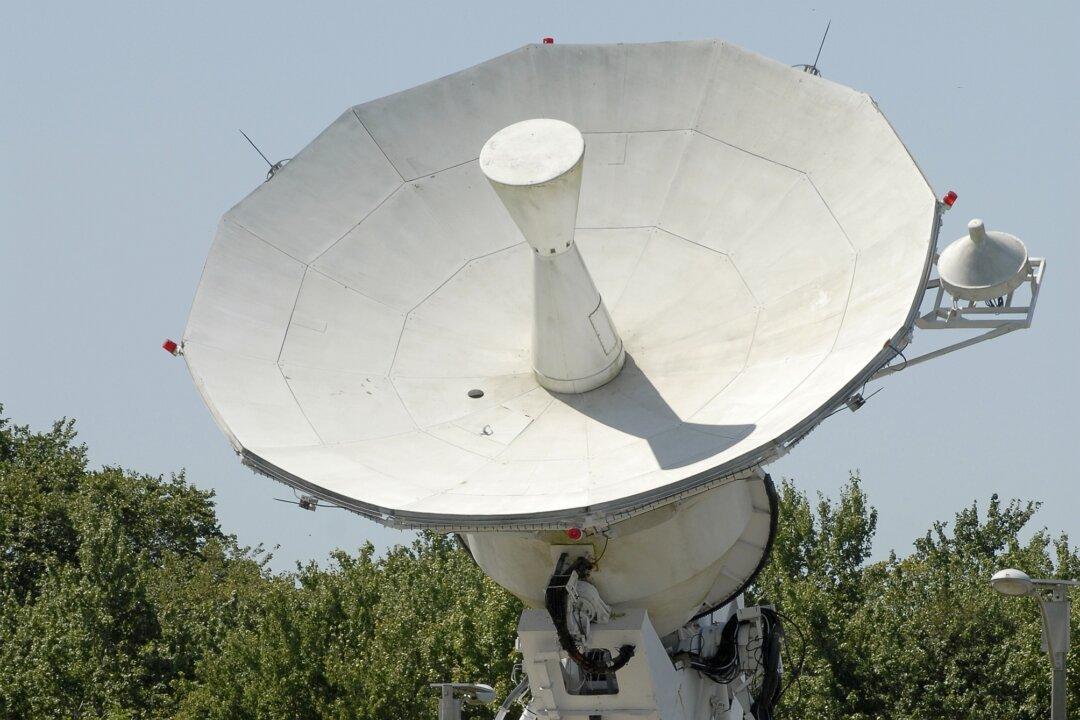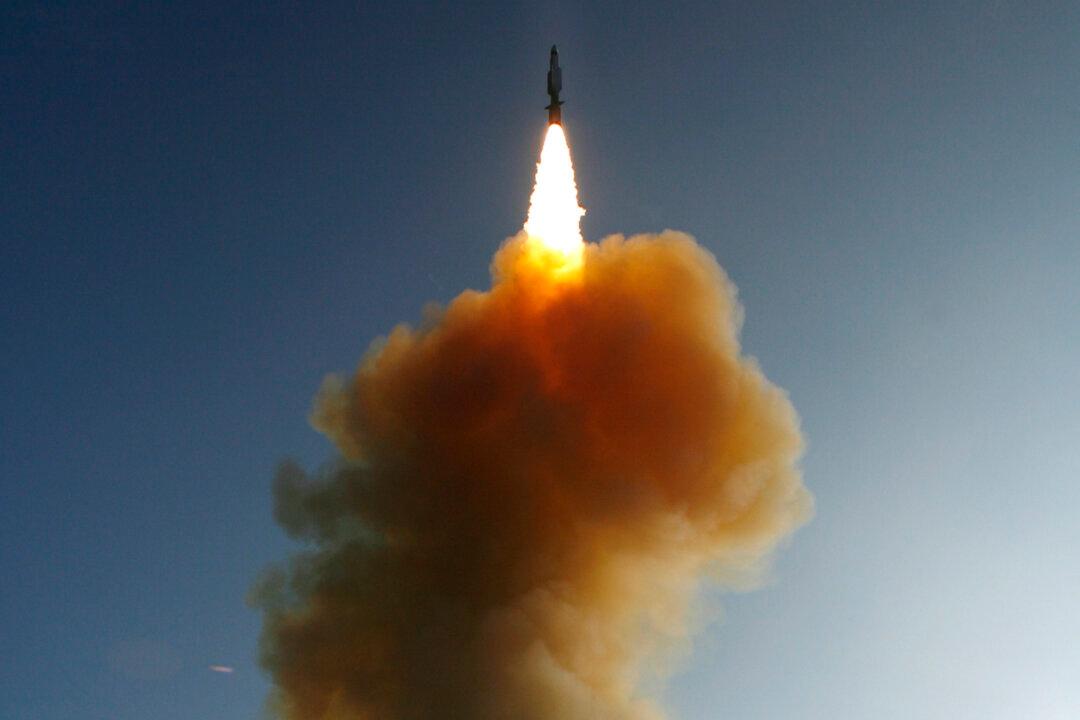Commentary
The U.S. military is heading for a big, new problem with its radars. To meet soaring demand for TikTok videos and other apps running on 5G, Congress is under pressure to sell off prime slices of the radio wave spectrum at a frequency location called S-band—thereby forcing military defense systems to cozy up and “share” with commercial wireless companies.




